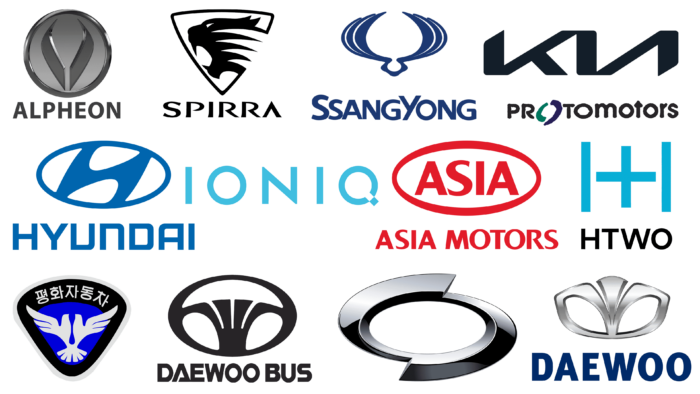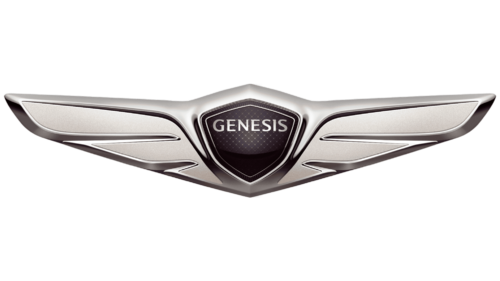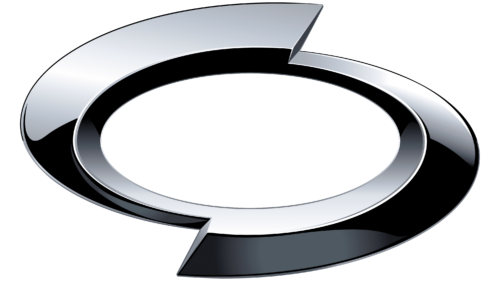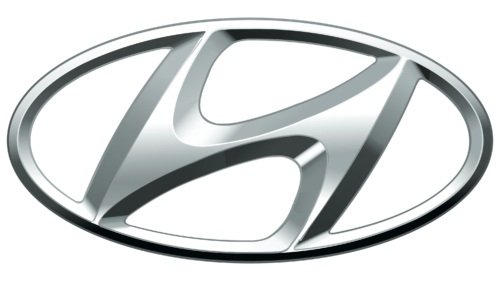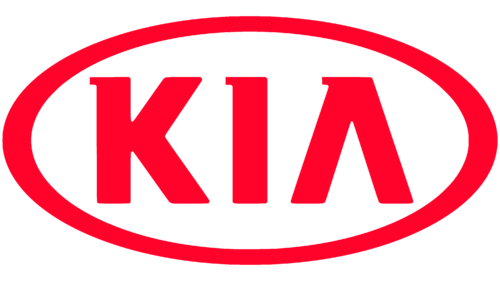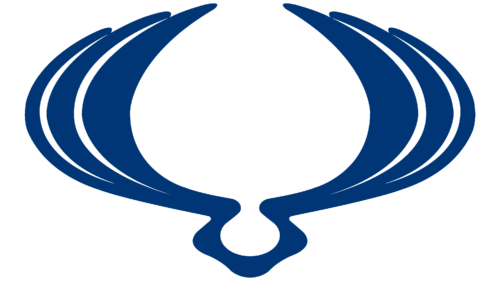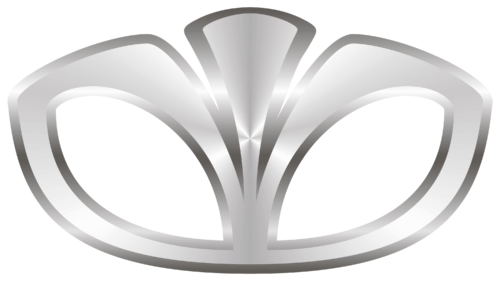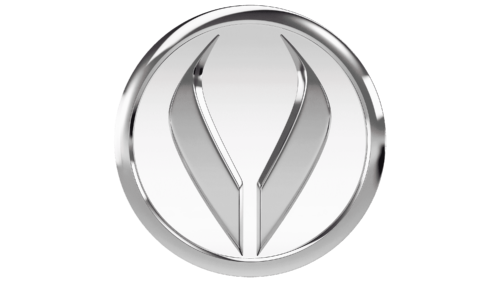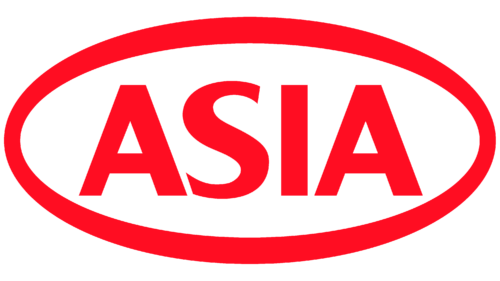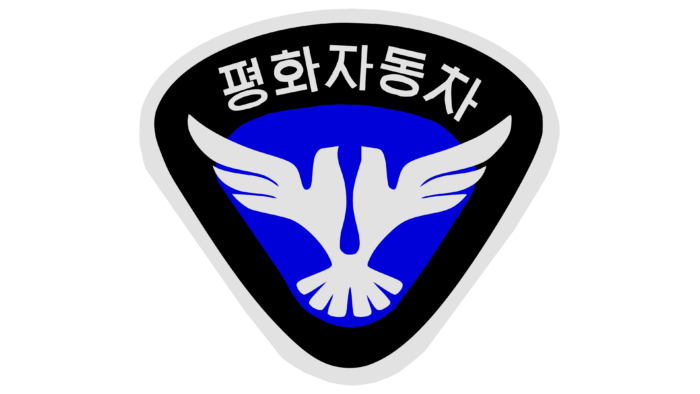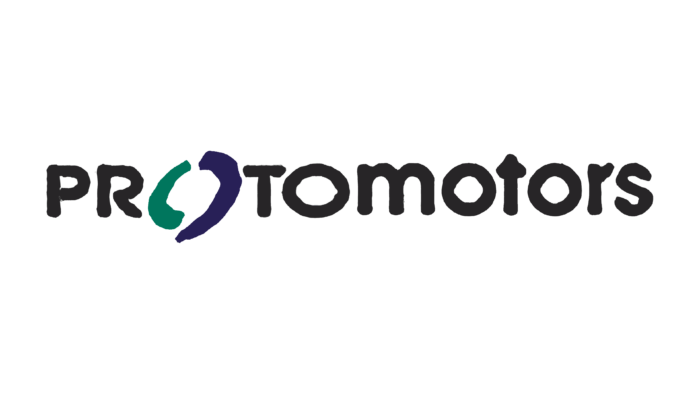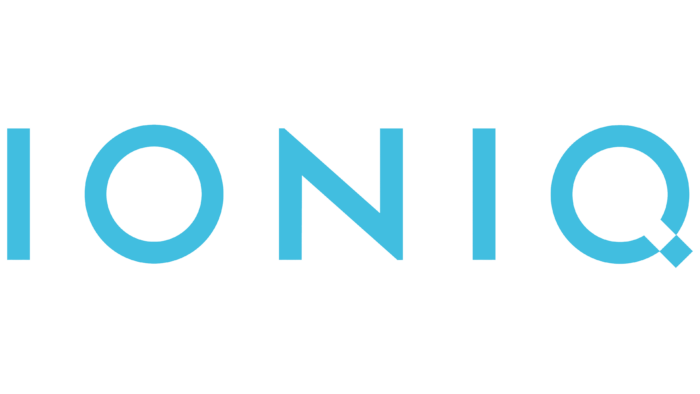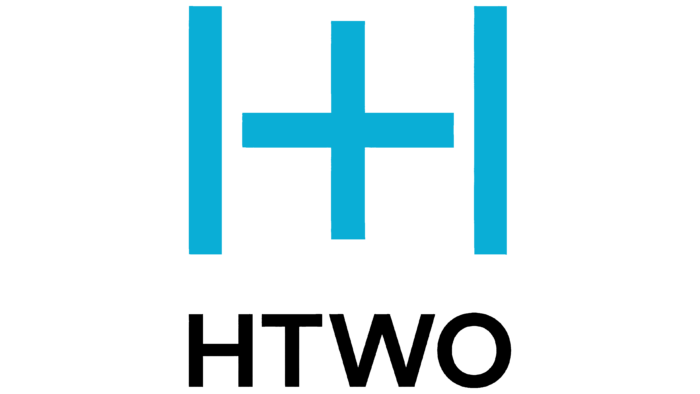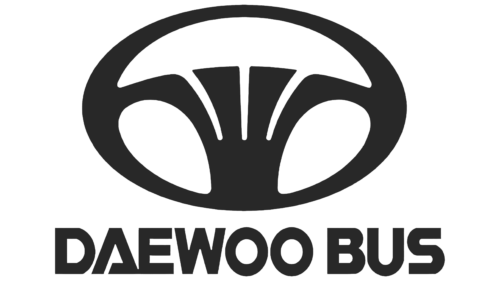The automotive industry is one of the largest in South Korea and one of the most advanced in the Asian region. Recently, the DPRK has produced about 4.5 million vehicles annually, of which nearly 2 million are exported abroad. As a result, its contribution to the global automobile industry is more than 5%, ranking 5th-6th in the world and 3rd-4th in Asia. Accordingly, South Korean automobiles are in high demand.
What are the Korean automobile brands?
The main automobile companies in South Korea are Hyundai Motor, Kia Motors, GM Korea Company, SsangYong Motor, and Renault Samsung Motors. But in addition to the giants of the market, there are other South Korean brands, such as luxury sedan manufacturer Genesis, sports car segment Spirra, and Alpheon, which produces economy sedans.
The automotive industry began in the 1960s, coinciding with adopting the first Five-Year Plan, a special five-year economic development plan. Since then, the industry has taken a major leap forward and has become a key industry in the country, generating large production volumes. Moreover, five core companies produce automobiles in South Korea. These include Renault, Samsung Motors, SsangYong Motor, GM Daewoo Auto & Technology, Kia Motors, and Hyundai Motor. They have many industrial sites outside the DPRK.
Luxury Car Brands
Hyundai Motor Group vehicles represent the luxury car category. These relatively young brands were founded in the late XX—early XXI century. Large dimensions and representative appearance characterize their products.
Genesis
This automaker appeared due to the separation of its line from the parent company. Previously, it was part of the Hyundai Motor Group and presented a series of luxury sedans, the Hyundai Genesis, released in 2004. After almost a decade, the owner announced its separation from the main manufacturer and spin-off into an independent brand. There were several reasons for this.
First, Genesis was in the top three in sales. Second, it was the most demanded luxury passenger car segment for seven years. Third, buyers wanted to see it as a standalone brand. 2015, South Korea launched its premium brand with an autonomous Genesis model. In 2020, JD Power named it the most reliable car in North America.
Renault Samsung
Appearing in 1994, the company immediately took the lead as it was the only representative in its class. It is based in Busan, where it produces entry-level luxury cars. Its head office is also located there. Production facilities are divided into three cities: some concentrated in Busan, some in Seoul, and the third in Gihyun.
The company got its unusual name thanks to its owners: now, Renault owns more than 80% of its shares and about 20% of Samsung. The company is also called RSM. At the beginning of its career, the brand was Samsung Motors. It started selling cars in 1998 before the big crisis hit Asia. The company was named in 2000 after buying a controlling stake in Renault. Currently, RSM has mastered the production of luxury cars, crossovers, and electric vehicles.
Mass Market Brands
The mass market segment is represented by several well-known brands in demand worldwide, not just in Asia. Hyundai, Kia, and SsangYong are longtime representatives of the automotive industry that emerged in the middle of the last century. They have accumulated vast experience producing passenger cars and have covered a large consumer sector, sometimes displacing European and American models.
Hyundai
The company has been around since 1967 and is known as Hyundai Motor Company. It forms the Hyundai Motor Group Corporation with its two subsidiaries (Genesis Motor and Ioniq). In addition, the firm owns almost 40% of Kia Corporation shares and sells its cars in 193 countries. It also owns 5 thousand showrooms and dealerships.
The company’s main production facilities are in Ulsan, the world’s largest plant for the production of integrated transportation equipment. Its annual capacity is 1.6 million vehicles.
Kia
The former name of this automobile giant is Kia Motors Corporation, and the current name is Kia Corporation. It is an international structure headquartered in Seoul, occupying the second line in the list of specialized firms after the parent company, Hyundai Motor Company. Its sales volume reaches about 3 million vehicles per year. In addition, Kia owns more than 20 Hyundai subsidiaries.
The company, founded in 1944, is called Kyungsung Precision Industry. It produces steel pipes and bicycle spare parts. In 1951, it released the Samchully bicycle, the very first bicycle in Korea. A year later, the company rebranded and changed its name, becoming Kia Industries and producing motorcycles under license from Honda. It then added trucks and cars to its product lineup.
SsangYong
Today, this car manufacturer is one of the four largest in South Korea and ranks fourth in the domestic auto industry. However, this was not always the case, as the company filed for bankruptcy. It was bought by Mahindra & Mahindra Limited, an international corporation from India that owns it. The parent company owns almost 75% of the shares. SsangYong was founded in 1954 and was relaunched in 2011. The automaker is headquartered in Pyeongtaek, Gyeonggi Province, South Korea.
Other Brands
The group of other automobile companies in South Korea includes two well-known firms. The first is Spirra, representing the domestic segment of sports cars, and the second is Daewoo, producing economy-class cars. They are also among the leading manufacturers of road transportation equipment, although they are not among the top five South Korean leaders. They also export products to overseas markets. Alpheon and Asia Motors are also included in this group.
Spirra
This brand is owned by Oullim Motors Inc., which founded it in 2007 with the first sports car of the same name. It is a subsidiary of Oullim Networks, headquartered in Seoul, with production facilities in neighboring Gyeonggi-do Province. Han-Chul Kim, a former SsangYong designer, and Dong-Hyuk Park, creator and CEO of Oullim Networks, co-founded the firm. The line went into mass production in 2008 and has been supplied to various overseas markets, including the Netherlands, Malaysia, OAO, and China.
Daewoo
The defunct Daewoo was founded in 1982 and produced economy cars. Its headquarters were in Bupyeong-gu, Incheon Province. In 2001, it went bankrupt and became part of the American automobile corporation General Motors, which acquired most of its assets. In 2011, the South Korean manufacturer was revived under the name GM Korea.
Alpheon
The automaker is owned by GM Korea Company (formerly Daewoo), an automotive giant General Motors subsidiary. It entered the market in 1983 and produced several million road cars annually, supplying many countries worldwide. The firm mainly focuses on the economy sedan segment, developing American passenger cars between 2010 and 2015.
Asia Motors
A subsidiary of KIA Motors, it was founded in 1965 and first got involved in producing military vehicles. A few years later, it retooled and moved into producing heavy vehicles, SUVs, and vans. In 1969, Asia Motors was bought by Dongkuk Steel, which retooled the plant to produce low-cost export vehicles.
Pyeonghwa Motors
Although the automobile industry in North Korea is much less developed than in South Korea, there are large companies here, too. Some are even represented in the international market, such as Pyeonghwa Motors. The name of this manufacturer means “peace” in Korean. It is written in hieroglyphics on the upper part of the shield, which is the basis of the logo. Under the text, there are two doves connected by their tails. This personifies the word “Pyeonghwa,” as the white dove is a well-known symbol of peace. The shield is triangular and resembles a clam shell. It is divided into several color blocks: the blue center is placed in a wide black frame, and on the edge, it is outlined with a light outline.
Proto Motors
South Korean company Proto Motors produced several models of sports cars until it ceased operations in 2017. After 20 years of operation, it is remembered for its “PROTOmotors” logo, in which the first letter “O” was replaced by a ring of two arc-shaped lines: emerald and purple. The closest letters (“P,” “R,” “T,” and “O”) were black and capitalized. At the same time, the designers used gray lowercase glyphs for the second half of the brand name. But all letters, regardless of the case, matched in size.
Ioniq
Ioniq is a series of hybrid and electric cars belonging to the South Korean concern Hyundai. It has its logo: a wordmark in light blue. The inscription is in the original bold sans-serif font. All letters, except “Q,” are similar to Canada Type’s Simplicity Pro Bold font. As for the last glyph, it is custom-designed and looks like a ring cut into a square segment in the lower right corner and pushed outward.
HTWO
The HTWO brand will debut in 2020. It represents the latest fuel cell system invented by Hyundai to transition to clean energy. This development combines state-of-the-art hydrogen technology, so the name HTWO encrypts the hydrogen molecule H2.
The brand’s emblem is not trivial: it contains a “+” sign between two vertical stripes. All elements are light blue. The chosen shade contrasts with the black color of the inscription located just below. For the word “GVS,” designers used the simplest possible font sans-serif. It has many analogs, such as Biryani Bold by TypeOff, Kursk 205 Light by Talbot Type, and Touche Medium by Indian Type Foundry.
Zyle Daewoo Bus Corporation
The current name of this South Korean company is Zyle Daewoo Bus. It was opened in 1955 and is owned by the Young-An Hat Company. Its logo is a complex geometric figure resembling an oval-shaped steering wheel. Below is the modern name in an austere design.
FAQ
What is the best Korean car brand?
Hyundai offers many models, from compact cars such as the Hyundai Elantra and Sonata to SUVs such as the Hyundai Tucson and Santa Fe. The brand integrates advanced technologies into its cars and consistently receives high marks for the quality and reliability of its vehicles. This reliability has helped build a loyal customer base around the world. The company has invested heavily in designing visually appealing, standout vehicles.
Kia Motors, a subsidiary of Hyundai Motor Group, is strong. Kia makes stylish, affordable, and well-equipped cars. Models such as the Kia Sportage, Sorento, and Telluride have received critical acclaim and are popular among consumers.
Genesis, Hyundai’s luxury division, is known for its premium vehicles, which compete with leading luxury brands. Genesis models such as the G70, G80, and GV80 offer a combination of luxury, performance, and advanced technology.
Other well-known brands in the Korean market include Renault, Samsung Motors, SsangYong Motor, and GM Korea (Chevrolet).
What car brands does South Korea make?
South Korea has a highly developed automobile industry, producing several well-known car brands. Hyundai Motor, Kia Motors, GM Korea Company, SsangYong Motor, and Renault Samsung Motors are the main manufacturers. Each of these brands holds an important place in the global automotive market.
These brands produce a wide range of vehicles, from compact cars and sedans to SUVs and electric vehicles, significantly impacting the global automobile market.
Which cars are built in Korea?
South Korea produces a wide range of cars, from consumer vehicles to luxury cars. These brands cater to the varied needs of customers by offering different models. Major manufacturers and their models include:
Hyundai Motor Company:
- Hyundai Elantra
- Hyundai Sonata
- Hyundai Tucson
- Hyundai Santa Fe
- Hyundai Ioniq
- Hyundai Kona Electric
Kia Motors:
- Kia Sportage
- Kia Sorento
- Kia Telluride
- Kia Rio
- Kia Niro
- Kia EV6
GM Korea (Chevrolet):
- Chevrolet Spark
- Chevrolet Trax
SsangYong Motor:
- SsangYong Rexton
- SsangYong Tivoli
- SsangYong Korando
Renault Samsung Motors:
- Renault Samsung SM6
- Renault Samsung QM6
- Renault Samsung SM3 Z.E.
What is the most famous car in Korea?
As of 2021, South Korea’s most famous car is the Hyundai Porter. This compact truck is popular for its versatility and practicality, making it a top choice for businesses and individuals.
Second is the Hyundai Grandeur, a mid-size sedan popular with South Korean drivers for many years. The Grandeur is known for its elegant design, luxurious interior, and cutting-edge technology. It provides a smooth and comfortable ride, making it the preferred option for a premium driving experience.
Kia Carnival ranks third in sales. This minivan is popular among families due to its spacious interior, flexible seating, and numerous safety features. Known as the Kia Sedona in some markets, the Carnival provides a comfortable and convenient ride, making it an excellent choice for large families and those who need extra cargo space.
